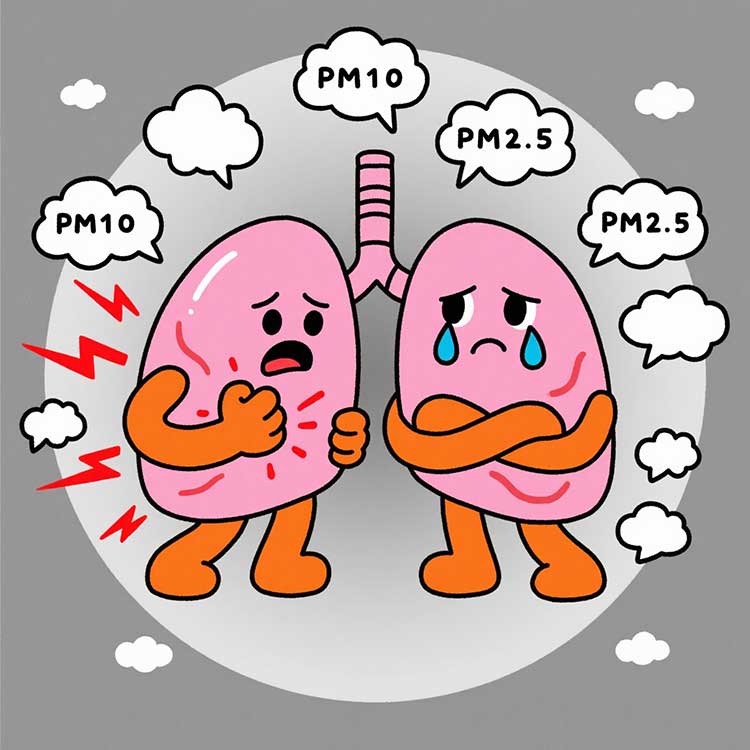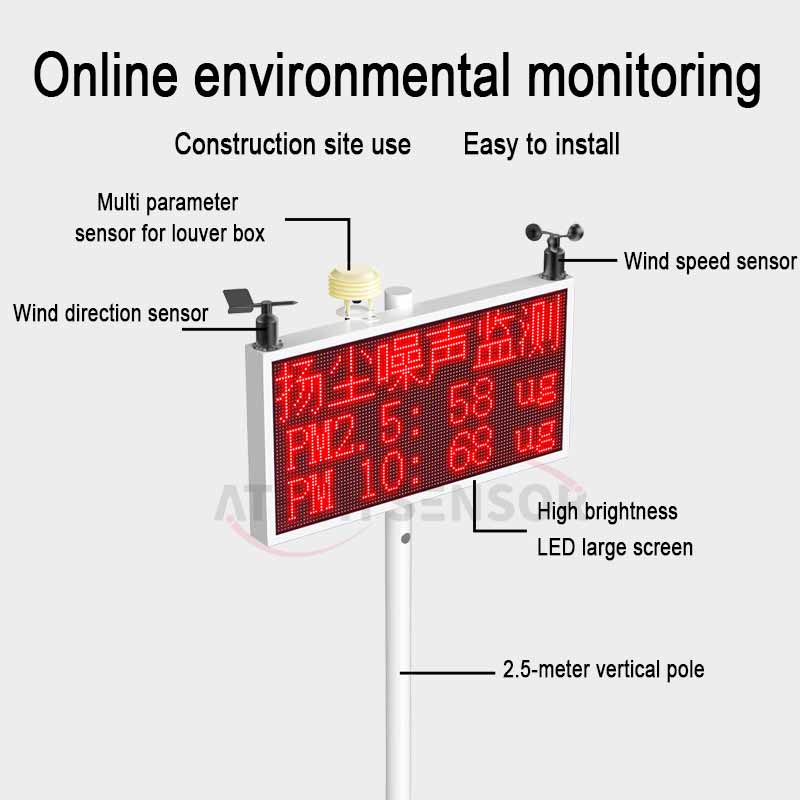What is an Air Quality Sensor?

What is PM10?
What is PM2.5?
PM2.5 refers to fine particulate matter with a diameter of 2.5 micrometers or smaller, typically originating from sources like vehicle exhaust or wildfires. Due to their small size, PM2.5 particles can penetrate deep into the lungs and even enter the bloodstream, posing a greater health risk. Precise monitoring of PM2.5 is crucial for ensuring air safety.

PM10 / PM2.5 Air Quality Sensor Installation Method
To ensure optimal performance of the sensor, please follow these installation guidelines:
• Vertical Installation: The sensor must be installed vertically to ensure accurate airflow and measurement.
• Avoid Artificial Airflow: Do not install the sensor near fans or ventilation openings. When used in air purifiers, install it on the side of the housing, ensuring the housing has ventilation openings to allow external airflow.
• Prevent Contamination: Avoid allowing sticky particles such as oils or cotton-like debris into the module, as these could attach to optical components and cause failure.
• Moisture Protection: Install the sensor in dry environments to prevent moisture from affecting its normal functionality.
PM10 / PM2.5 Air Quality Sensor Application Scenarios
The PM10 & PM2.5 air quality sensor is suitable for various scenarios, including:
• Industrial Sites: Monitor air quality in factories or construction sites to protect worker health.
• Smart Homes: Integrated into air purifiers or HVAC systems for real-time air quality management.
• Environmental Monitoring: Used in urban or rural areas to track pollution levels, supporting public health decisions.
• Commercial Buildings: Maintain healthy indoor air quality in offices, schools, or hospitals.
• Scientific Research: Support academic research on air pollution and its impacts.
• Smart City Air Quality Monitoring Systems
• Residential and School Air Monitoring Projects
PM10 / PM2.5 Air Quality Sensor Application Value
This sensor provides the following core values to users:
• High Precision: Reliable data with minimal error ensures trustworthy air quality measurements.
• Durability: Robust design suitable for complex environmental conditions.
• Easy Integration: Compact size and flexible installation methods simplify deployment.
• Health Protection: Precise measurement of PM2.5 and PM10 concentrations helps users take timely actions to protect respiratory health.
• Environmental Management: Supports air quality monitoring and management efforts, helping reduce pollution.
• Data-Driven Decision Making: Provides reliable data to support scientific research, policy-making, and public awareness.

Conclusion

